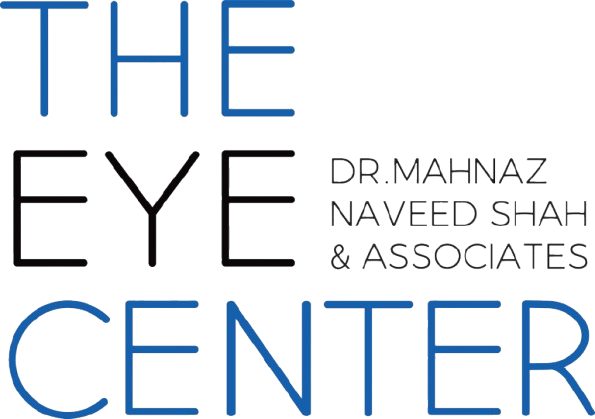The center of the retina is called the macula (light sensitive layer at the back of the eye). Reading, doing close work, and recognizing faces all require precise and fine center vision, which is provided by the macula. Fine blood veins in the retina can get damaged and begin to leak fluid under a variety of circumstances (such as diabetes and vascular blockage). This fluid can begin to build up in the macula, causing the fragile tissues there to swell up (macular oedema), which can cause impaired vision and a loss of central vision. If left untreated, this can result in serious, long-lasting damage to the macular region and, in extreme circumstances, even blindness.
As the primary treatment option or as a follow-up to a course of intraocular injections called “Intravitreal Anti-VEGF injections,” macular laser therapy is typically provided to address this fluid build-up in the eye. A laser is a very concentrated light beam that is directed at a specific spot of the eye. Depending on the area of the eye that needs to be treated, there are many types of laser.
Lasers that work well on the retina and macular region are used in macular laser therapy. Macular laser aids in both drying out the fluid that is already there and minimizing leakage from the tiny blood vessels. This treatment’s primary goal is to stop any further vision loss. In a small number of people the vision might sometimes improve.
Blind spots in straight vision can occasionally result when using a laser. These may not be noticed with both eyes open if you are having treatment in only one eye as the other eye vision will compensate for these tiny spots. If both of your eyes require numerous laser treatments and both macular areas have received a lot of laser treatment, this could have a major negative impact on your central vision, which could impair your ability to drive. It is quite unlikely that a laser accident will hit the macular region right in the middle. This can cause a temporary or long-term decline in central vision.
In the outpatient clinic, the laser rooms are typically given special designations. You will be shown where to sit by the nurse. Your eyesight will be clouded for four to six hours after the dilating eye drops are applied by a nurse, who will also examine your vision. These drops enable a more thorough examination of the target area by your doctor. A local anesthetic drop is often injected into the eye. The laser is delivered using a microscope similar to the one your ophthalmologist or optometrist uses to check your eyes in the clinic. To see the retina better, a contact lens containing an eye lubricant is frequently utilized. Depending on the number of burns that are being targeted, the entire treatment often takes 10 to 20 minutes. Sometimes more than one session is required.
At The Eye Center- Dr. Mahnaz Naveed Shah & Associates our team of eight ophthalmology subspecialists/ eye specialists, eye surgeons who are considered amongst the very best eye specialists in Karachi and in Pakistan, have the diagnostic and treatment capabilities to treat from the simplest to the most complex patients. We work hard to provide our patients with the best possible medical and surgical eye care, in a state of the art purpose built eye care facility. We offer the entire array of medical, laser and surgical treatments to help provide patients the best possible care in the most efficient, safe and ethical manner.
If you need an appointment, please contact us at 03041119544 during our working hours or leave us a WhatsApp message at +923028291799 and someone will connect with you. Walk-in appointments are also available for emergencies. We can also be reached through our web portal on www.surgicaleyecenter.org
